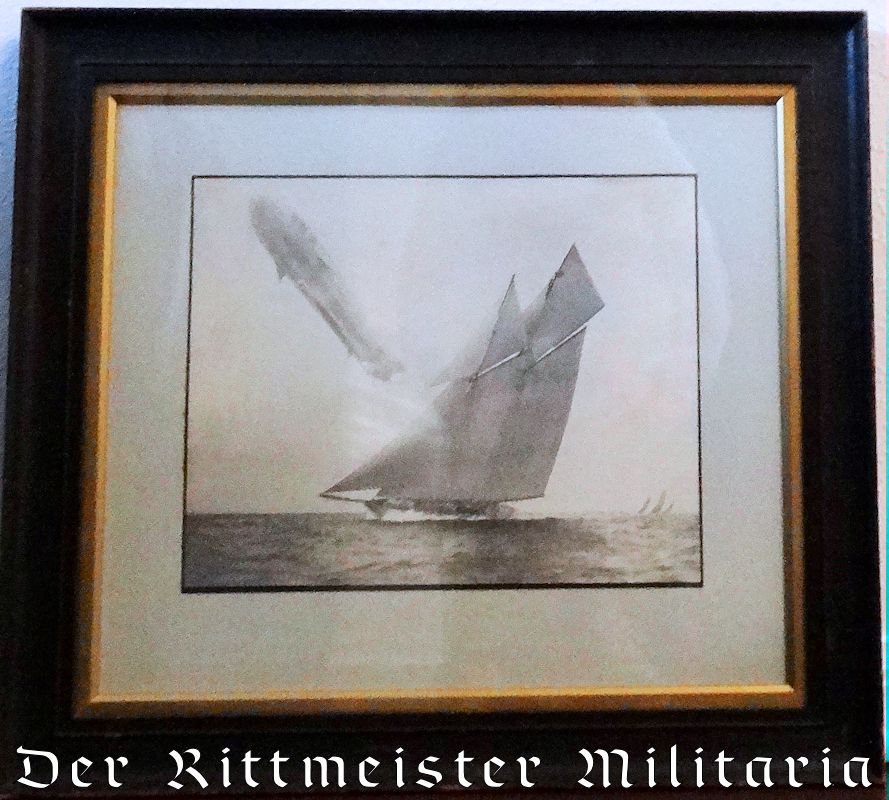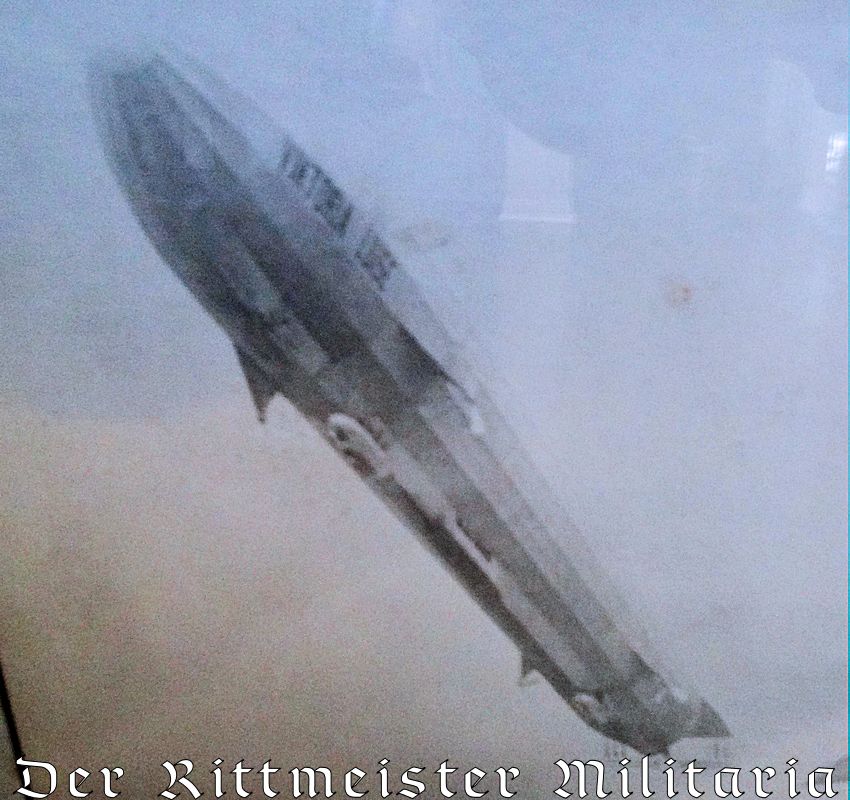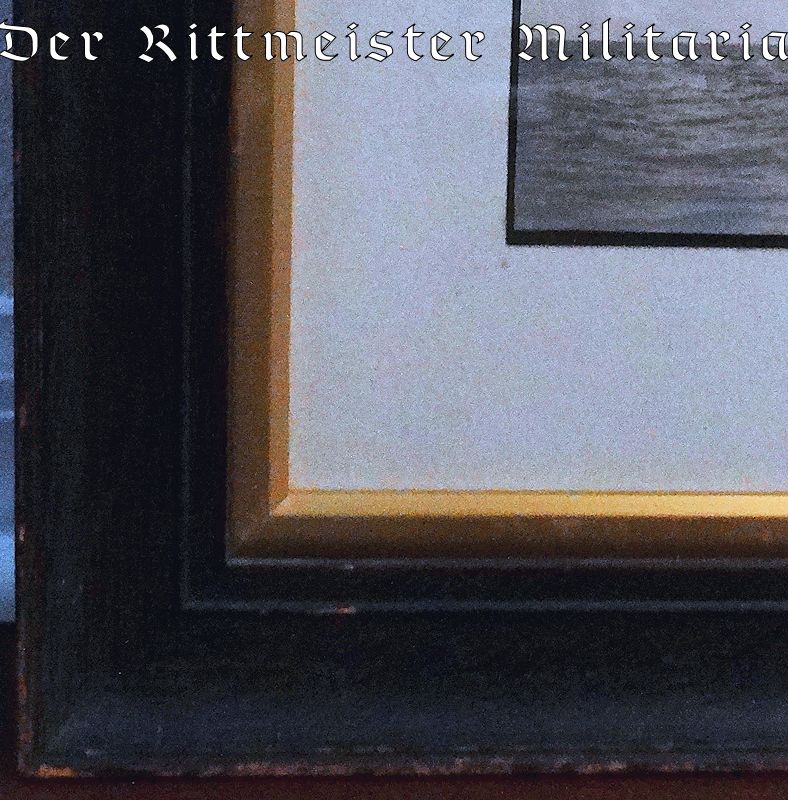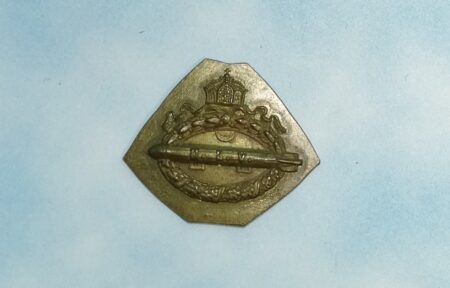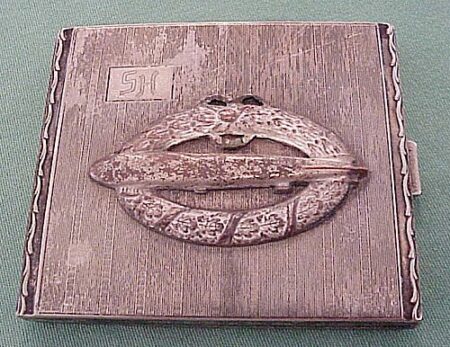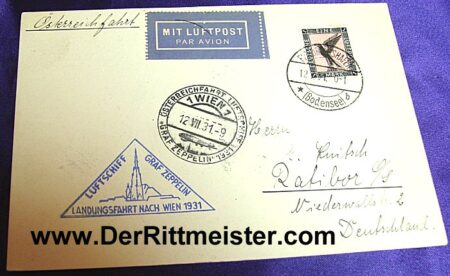Description
Kaiser Wilhelm II was a man with a passion for the sea. His Kaiserliche Marinewas his pride and joy. He and his Chief of the Admiralty, von Tirpitz, had grand plans to expand the Navy and challenge England on the high seas. Of course, the problem here was that the British also had great pride in their Navy and were well aware that it was their key means of strengthening their overseas possessions and holding on to the shipping lanes. So, if the Germans built four battleships, the English built eight even bigger and better than what the Germans had produced, which challenged the Germans to up the ante. This was a game that Germany could never win, however. By the time the Great War began, all the battleships that had been built on both sides from 1900 to 1905 were obsolete and relegated to secondary roles as they were no longer fit for front-line duty.
In addition to his love for his Navy, the Kaiser enjoyed the sea in other roles. He spent long periods of time aboard his royal yacht the S. M. Y. Hohenzollern. From the time that the yacht was commissioned in 1892 until it was laid up when WW I began in 1914, he spent a total of more than five solid years onboard. Much of this was spent in Norway anchored in a fjord with a German warship accompanying him.
The Kaiser was also a yachtsman and served as the Kaiserlicher Yacht Club’s (KYC) Commodore. This club was similar to many of today’s yacht clubs. Men of means and naval officers enjoyed the social aspects of joining a club of fellow enthusiasts. Fine dining and fine wine were the order of the day in the club house. They did not neglect their yacht racing, however. Some of Germany’s and Europe’s finest yachts participated in races sponsored by the KYC.
This leads us to our featured item. What I really like about this photograph is that it combines two aspects of pre WW I Germany. It combines an airborne zeppelin sailing above a racing sloop on the water. As previously noted, the Kaiser was an avid yachtsman. While this included time on his yacht, he also had his personal racing sloop, theS. M. Y. Meteor. Actually FIVE Meteors were purchased by the Kaiser or were built to his specifications. The first two were built in Scotland. The first was purchased from a British yachtsman who, in addition to sailing it in England, participated in the America’s Cup yacht race. The Kaiser owned this yacht from 1891-1896. The second was built in Scotland to Wilhelm II’s specifications and was sailed from 1896-1902. The third S. M. Y. Meteor was American-built, which began a friendly pre WW I relationship between the two countries during Teddy Roosevelt’s presidency. This vessel was christened in 1902 and was sailed from 1902 to 1908. The Kaiser’s brother, Prinz Heinrich (also a seaman) traveled to New York for the christening. [I recently saw that a magnificent Damascus sword in a presentation case, presented to Prinz Heinrich during his historic New York visit, was sold at an auction]. President Roosevelt’s oldest daughter, Alice Roosevelt (1884-1980), was chosen as the yacht’s godmother. Prinz Heinrich was well-received during his visit.
The 4th and 5th Meteors were German-built, which gave the Kaiser a great deal of pride. The 5th, and final, Meteor had sailed to England in 1914 fully under wind power as she had not had auxiliary engines installed. She barely made it out of England before war was declared! [Several other German yachts were not so lucky and were confiscated by the British once war was declared].
This photograph is either Meteor #3 or #4, I believe. The ship is heeled-up with one side lower to the water in the classic manner in which to attain the greatest speed. One other yacht appears in the distance, while a pre war zeppelinmajestically sails over the racing sloop. The yacht and the zeppelin are the photo’s central focus.
The photograph is double-matted with white and black mattes. The image measures 17” x 23.” The overall dimensions of the framed photograph are 24 ¼” x 30.” The photograph’s framing is definitely period. Its outer portion sports a fancy black molding. Smaller gold trim appears closer to the image.
The story of the framing and its origin does not end here. As we look at the frame’s reverse, we see a paper backing over the image. On it we find two interesting “surprises.” The first is a postcard that shows a similar scene to the obverse. This shot, however, shows the zeppelin above a larger group of racing yachts. A total of SEVEN yachts appear beneath thezeppelin in a long line.
Under the postcard is an older label (it definitely exhibits honest age) that lists the name of George Trubey, who was located in Cardiff, Wales. He was a member of the Fine Art Trade Guild. Included among his services were fine art, picture frames, and restorations!
This is a fine photograph that shows the importance of European yachting and of the zeppelin industry, which was young and struggling at the time under the leadership of the Graf Zeppelin himself.
